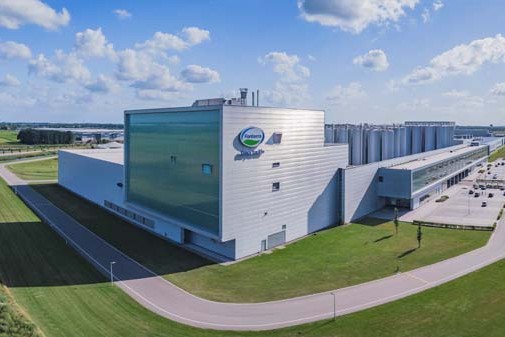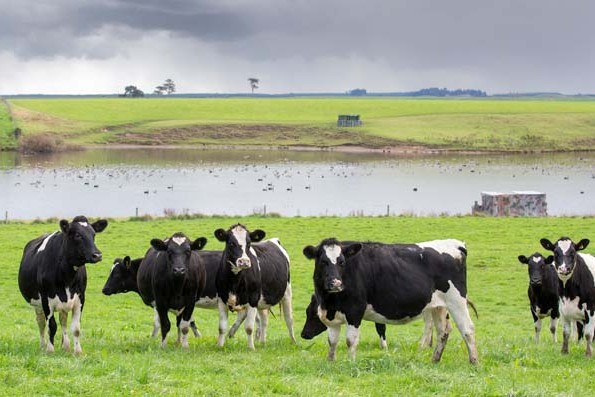Conrad Wilkshire
Property Brokers’s view is the research in the most recent Rabobank report (Afloat but drifting backwards) helps to inform the market. There is no question regarding the headwinds challenging our dairy sector just now but the overall message of being afloat and drifting backwards in terms of the forward view is too pessimistic.
The surge in dairy sales in the 2013/14 season where 321 farms sold is in stark contrast to 146 sold last year.
This year the industry may struggle to successfully conclude 100 dairy sales. Noting the median sale price over the last five years has traded between $35,000 to $40,000 per hectare and changed little, even with the dramatic drop in farm sales, the market is still holding out for 2013/14 valuations.
Dairy farmers who wish to sell their property late this season or set marketing strategies for next spring, will need to assess whether holding out for past prices is in their best interest.
In our view a downward adjustment of 10-15% on current price expectations nationally is required to reset the market back to historic sales volumes. Dairy businesses continue to drive strong cashflows and there are likely to be just as many in strong balance sheet positions looking to exit as there are those perceived to be under financial pressure.
There has been very modest levels of forced sale ultimatums and we doubt that will change too much this season given the underlying cashflows and current pay-out. This season’s drought will not be at all welcome and will put pressure on cashflow but farmers still have a lot more options than at the $3.90 pay-out of 2014/15.
Balance sheet adjustments in livestock and Fonterra share valuations are happening all the time, hence relatively modest national adjustments in land values should not reflect catastrophic outcomes for the market and more a return to market fundamentals.
Some dairy land was over-sold in times past, driven off momentum buying often with very little due diligence. Today when farmers factor in sustainable production limits, a focus on cashflow and the underlying yield, the conversation will be less about the price per hectare and more about the return on capital.
Locational influences will always apply but mainly for the larger dairy systems particularly under shared ownership models the fundamental drivers are all about a sustainable return. Not to say that owner/operators are not driven off returns either but they rarely value their own time and they run their properties in a way a larger business can never contemplate, with their driver being 100% in control of everything in the business.
If we look at spring/summer sales over the last four months (October 2019 to January 2020) we’d highlight Otago/Southland as a region that has successfully worked through a dairy pricing adjustment with total farm sales for that period equal to $187 million from 71 sales. Nine of those sales were dairy totalling $59m with price per hectare ranging from $17,000 to $47,000/ha.
This can be compared to the entire Canterbury/Waitaki Districts over the same period where only $95m of property has transacted from 50 sales and only one dairy farm sold, in the Waitaki district.
With more than a million cows in Canterbury alone it is fair to say that with no dairy sales concluded for the spring/early summer period, something might need to give and that is likely to be the asking price of dairy farms to reflect a more certain yield for purchasers.
Historically, dairy purchases had a significant expectation of capital growth factored into them, today it’s much more about return on assets and any foreseeable impact on those returns as per the Rabobank report. We should not lose sight, however, of the fact that returns per hectare from productive well-managed and sustainable dairy systems remain head and shoulders above the alternative land uses. Through the foreseeable adjustment period more marginal dairy areas will be retired from dairying, for reasons of environmental footprint, slope or access to water.
It would be a bold forecast indeed to suggest farm valuations over the next 10 years will not appreciate in value, at least in line with inflation. Farmers with a long-term commitment to dairying who choose to invest today, with good information, should stand to benefit as supply of dairy land contracts and demand for our sought after dairy produce continues to rise. Our dairy sector is going through an adjustment like every other NZ primary sector has done but we very much doubt it is going backwards.
- Conrad Wilkshire is general manager rural for Property Brokers.





